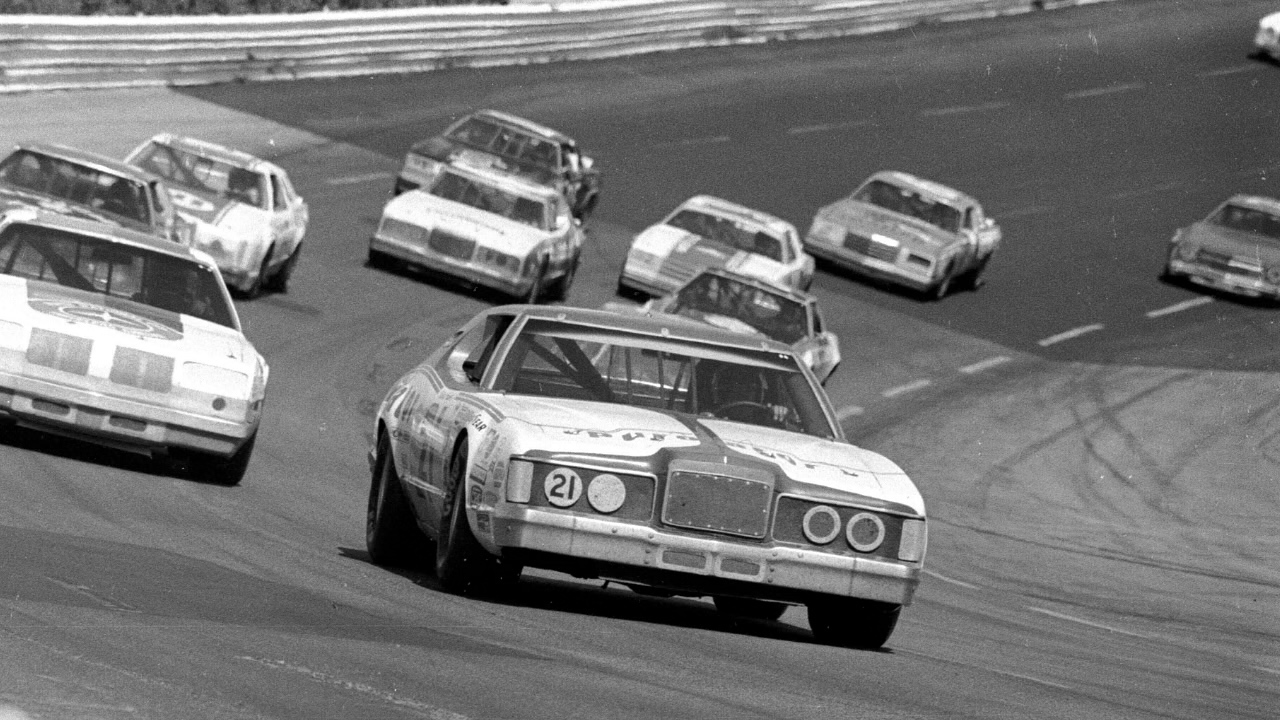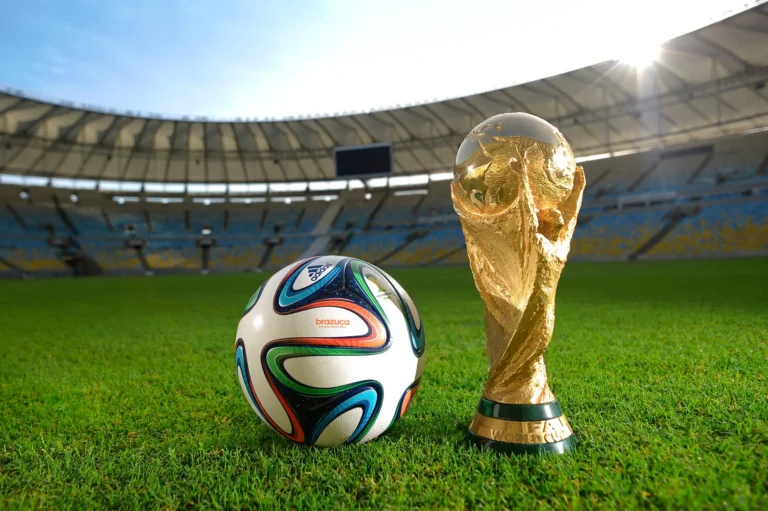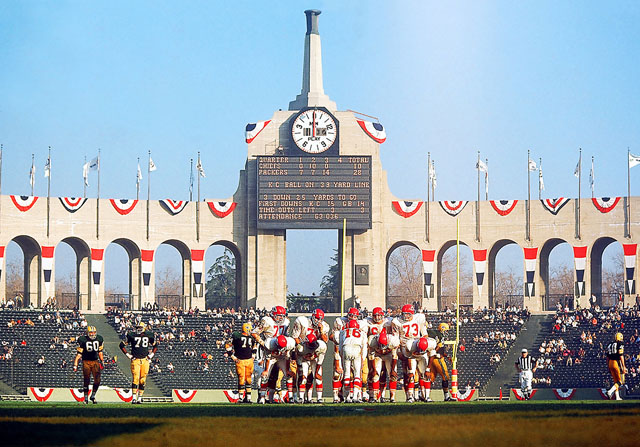The History of NASCAR: From Moonshine Runners to a Global Racing Phenomenon
The Roots of NASCAR and Its Lasting Impact on Racing
NASCAR, an acronym for the National Association for Stock Car Auto Racing, has evolved into one of the most iconic motorsports organizations in the world. With millions of fans, lucrative sponsorship deals, and a global reach, NASCAR has come a long way since its humble beginnings in the rural American South. Originally fueled by the need for fast cars to outrun law enforcement during the Prohibition era, NASCAR has played a pivotal role in shaping the culture and economics of motorsports.
In this blog, we will take an in-depth look at NASCAR’s history, from its moonshine-running origins to its transformation into a professional racing organization. We will explore the key figures who contributed to NASCAR’s rise, the technological innovations that have reshaped the industry, and the economic and cultural impact NASCAR has had on racing and American society.
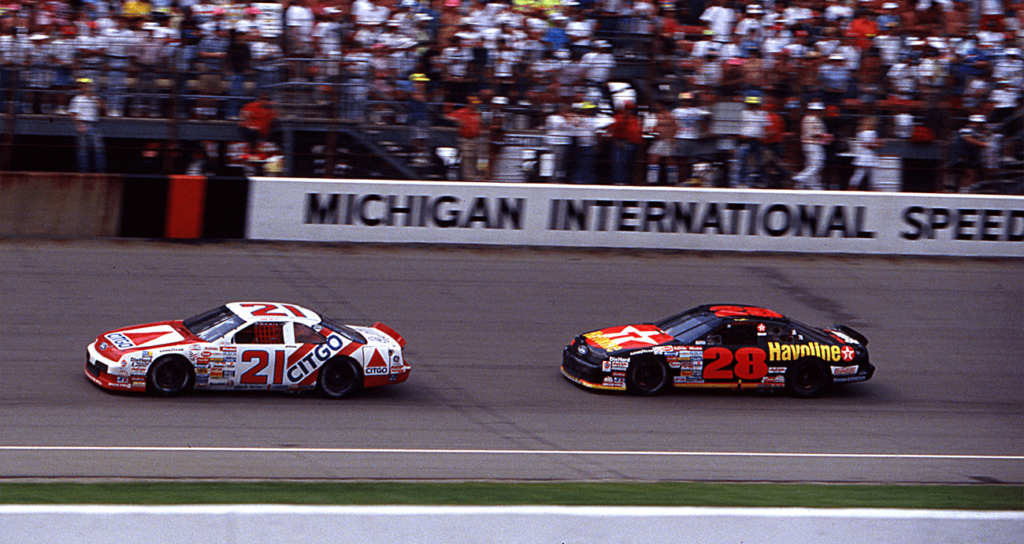
I. The Origins of NASCAR: Moonshine, Speed, and the Prohibition Era
A. Moonshine Runners and the Birth of Stock Car Racing
- Prohibition and the Rise of Moonshine
NASCAR’s roots trace back to the 1920s and 1930s during the Prohibition era in the United States, when the production and sale of alcohol were illegal. Moonshiners in the Appalachian regions of the southern U.S. distilled and transported illegal alcohol, often referred to as “moonshine.” These moonshine runners needed fast and agile cars to outrun law enforcement officers, known as “revenuers,” who patrolled the rural roads to shut down illegal operations.
The moonshiners became adept at modifying ordinary cars to enhance their speed and handling, creating a distinct culture of “stock car racing.” The term “stock car” refers to standard production cars, which were modified to increase performance. These moonshine runners would often race their souped-up vehicles for bragging rights and fun, inadvertently laying the foundation for modern stock car racing.
- Post-Prohibition and the Transition to Organized Racing
After Prohibition ended in 1933, the need for moonshine running diminished, but the thrill of racing and the culture of high-speed driving persisted. By the 1940s, local communities in the South began organizing informal stock car races. These early races were held on dirt tracks or empty fields, attracting crowds of spectators who were eager to watch these thrilling events. However, despite the popularity of these races, there was little organization or oversight.
II. The Birth of NASCAR: Bill France Sr. and the Formation of a Professional Sport
A. Bill France Sr. and the Creation of NASCAR
- Visionary Leadership and the Founding of NASCAR
In 1947, Bill France Sr., a mechanic and race promoter, saw the potential for stock car racing to become a legitimate and professional sport. He recognized that the disorganized nature of local racing events and inconsistent rules were holding the sport back from growing. France set out to standardize the sport by creating an organization that would establish rules, promote events, and provide a governing body for stock car racing.
In December 1947, France held a meeting in Daytona Beach, Florida, with fellow race car drivers, mechanics, and promoters. At this meeting, the idea for the National Association for Stock Car Auto Racing (NASCAR) was born. NASCAR was officially founded on February 21, 1948, with the mission of organizing, regulating, and promoting stock car racing in a professional and structured manner.
- Early Races and Growth in Popularity
The first official NASCAR race took place in 1949 at the Charlotte Speedway, a dirt track in North Carolina. Jim Roper won the race driving a Lincoln, and the event marked the beginning of NASCAR’s rise in popularity. As NASCAR grew, it attracted sponsorships and larger crowds, helping it evolve from a regional pastime into a nationally recognized sport. The introduction of paved tracks in the 1950s also increased the professionalism of the races, making them faster and more accessible to mainstream audiences.
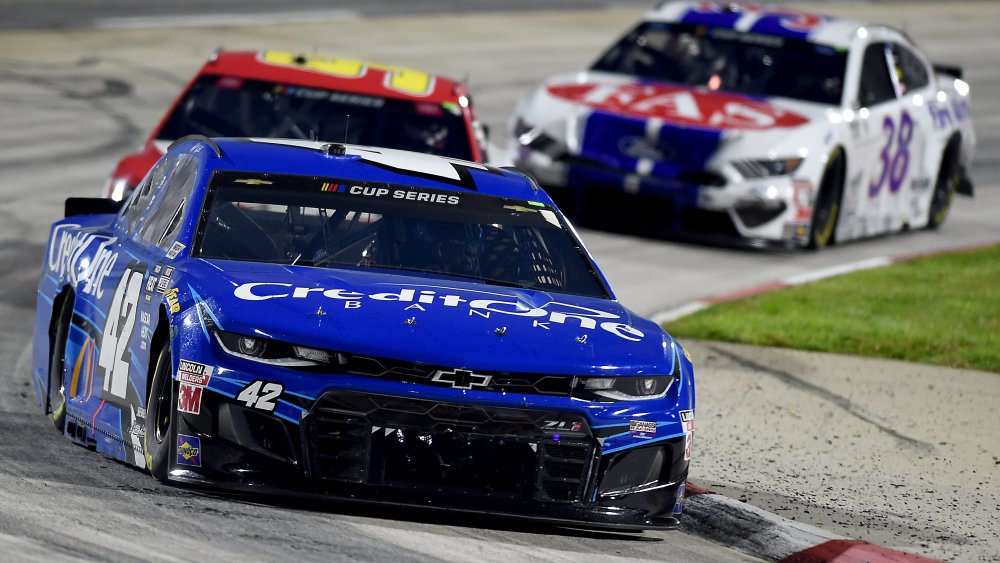
B. The Daytona 500 and NASCAR’s Signature Events
- The Inaugural Daytona 500 and the Significance of Daytona Beach
Daytona Beach, Florida, has long been associated with high-speed automotive events. Before NASCAR was established, the hard-packed sand beaches of Daytona were used for land speed records and informal races. Bill France Sr. capitalized on this legacy by creating the Daytona International Speedway in 1959. The speedway would host NASCAR’s most prestigious event, the Daytona 500, which became the crown jewel of stock car racing.
The first Daytona 500 took place on February 22, 1959, and was the largest purse race in NASCAR’s history at the time. The event drew tens of thousands of spectators and put NASCAR on the map as a major player in the racing industry. The success of the Daytona 500 solidified NASCAR’s reputation as an emerging motorsports powerhouse.
III. NASCAR’s Impact on the Racing Industry: Innovation and Popularity
A. Technological Advancements in Stock Cars
- The Evolution of NASCAR Vehicles
From its early days of modified stock cars used by moonshine runners, NASCAR has undergone a massive transformation in terms of the technology and design of its race cars. In the 1960s and 1970s, NASCAR vehicles became highly specialized, purpose-built machines designed specifically for racing. Engine technology advanced, and aerodynamic improvements were made to enhance performance on the track.
The introduction of restrictor plates in the 1980s, which limited the horsepower of cars on superspeedways, was one of the many regulatory measures introduced to ensure driver safety and level the playing field. Modern NASCAR cars are marvels of engineering, featuring cutting-edge safety equipment, high-performance engines, and state-of-the-art telemetry systems that allow teams to analyze every aspect of a car’s performance during a race.
- Safety Innovations in NASCAR
NASCAR has been at the forefront of safety innovation in motorsports. Tragic accidents, including the death of NASCAR legend Dale Earnhardt Sr. during the 2001 Daytona 500, have led to significant advancements in driver safety. The introduction of the HANS (Head and Neck Support) device, SAFER (Steel and Foam Energy Reduction) barriers, and improved cockpit designs have reduced the risk of serious injuries in high-speed crashes.
B. NASCAR’s Economic Impact on the Racing Industry
- The Business of NASCAR: Sponsorships and Media Deals
NASCAR’s growth has been fueled by its ability to attract lucrative sponsorship deals and media contracts. Major corporations, such as Coca-Cola, Chevrolet, Ford, and Goodyear, have long been associated with NASCAR, and the sport’s commercialization has played a key role in its expansion. Sponsorships allow teams to cover the immense costs of competing in NASCAR, including vehicle development, maintenance, and travel expenses.
NASCAR has also secured massive broadcasting deals with networks like Fox Sports and NBC, ensuring that races are viewed by millions of fans around the world. These deals have further boosted the sport’s revenue and visibility, transforming NASCAR into one of the most profitable motorsports organizations in the world.
- Economic Contributions to Host Cities
NASCAR events generate significant economic benefits for host cities. Major races, such as the Daytona 500 and the Coca-Cola 600, attract hundreds of thousands of spectators who spend money on accommodations, dining, and entertainment. According to a 2019 study, the Daytona 500 generates over $1 billion in economic activity for the state of Florida each year.
IV. The Cultural and Social Impact of NASCAR
A. NASCAR’s Fanbase: Loyalty and Tradition
- The Unique Culture of NASCAR Fans
NASCAR has built one of the most loyal and passionate fanbases in all of sports. Unlike other motorsports, NASCAR fans are known for their deep-rooted connection to drivers, teams, and sponsors. The sport’s Southern roots have fostered a unique culture of tailgating, community gatherings, and multigenerational fan loyalty. NASCAR fans are fiercely supportive of their favorite drivers and often travel long distances to attend races.
- Diversity in NASCAR
NASCAR has historically been dominated by white, Southern males, but in recent years, the organization has made efforts to promote diversity and inclusion. Initiatives such as the NASCAR Drive for Diversity program have helped bring in drivers from different backgrounds, including African-American and female drivers. NASCAR’s efforts to appeal to a broader demographic have been part of a larger strategy to ensure its relevance in an increasingly diverse and global sports landscape.
V. The Globalization of NASCAR
A. International Influence and Expansion
- NASCAR’s Reach Beyond the United States
While NASCAR remains predominantly a North American sport, it has made strides in expanding its influence internationally. NASCAR events are broadcast in over 150 countries, and the organization has worked to develop relationships with foreign sponsors and race teams. The NASCAR Whelen Euro Series, established in 2009, has brought stock car racing to European audiences, while NASCAR has also established a presence in Canada and Mexico through international racing series.
- Challenges in Global Expansion
Despite its popularity in the U.S., NASCAR has faced challenges in establishing a foothold in international markets. Stock car racing does not have the same level of recognition globally as Formula 1 or MotoGP, and NASCAR’s heavy association with American culture can make it difficult to attract international audiences. However, the organization continues to make efforts to grow its global fanbase through international events and strategic partnerships.
NASCAR’s Lasting Legacy in Motorsports
NASCAR’s journey from the dusty backroads of the American South to the bright lights of international racing has been nothing short of remarkable. What began as an informal pastime among moon
shine runners has evolved into a multi-billion-dollar industry that influences everything from automotive technology to global sports marketing. NASCAR’s blend of speed, innovation, and fan loyalty has cemented its place as one of the most enduring and impactful motorsports organizations in history.
As NASCAR continues to grow and evolve, its impact on the racing industry remains profound, not only in North America but also globally. Whether through technological innovations, its economic contributions to host cities, or its cultural significance, NASCAR has left an indelible mark on the world of motorsports. The sport’s future looks promising, with efforts to increase diversity, safety, and international reach ensuring that NASCAR will remain a dominant force for years to come.
References:
- Smith, M. (2018). The History of NASCAR: From Moonshine to Million-Dollar Sponsors. Racing Press.
- Johnson, L. (2019). “Bill France Sr.: The Visionary Behind NASCAR’s Rise.” Motorsport History Journal, 24(3), 112-125.
- Davis, C. (2021). NASCAR: Innovation and Evolution in Stock Car Racing. Sports Innovators.
- NASCAR Official Website
- “The Economic Impact of NASCAR on Host Cities,” (2019), Business of Sports, Vol. 13, Issue 7.
